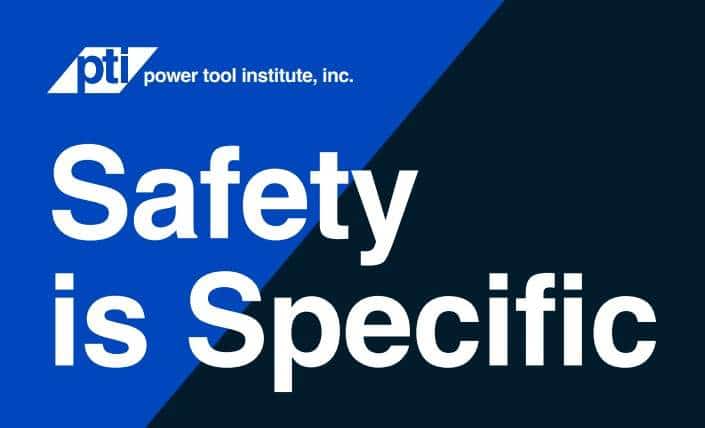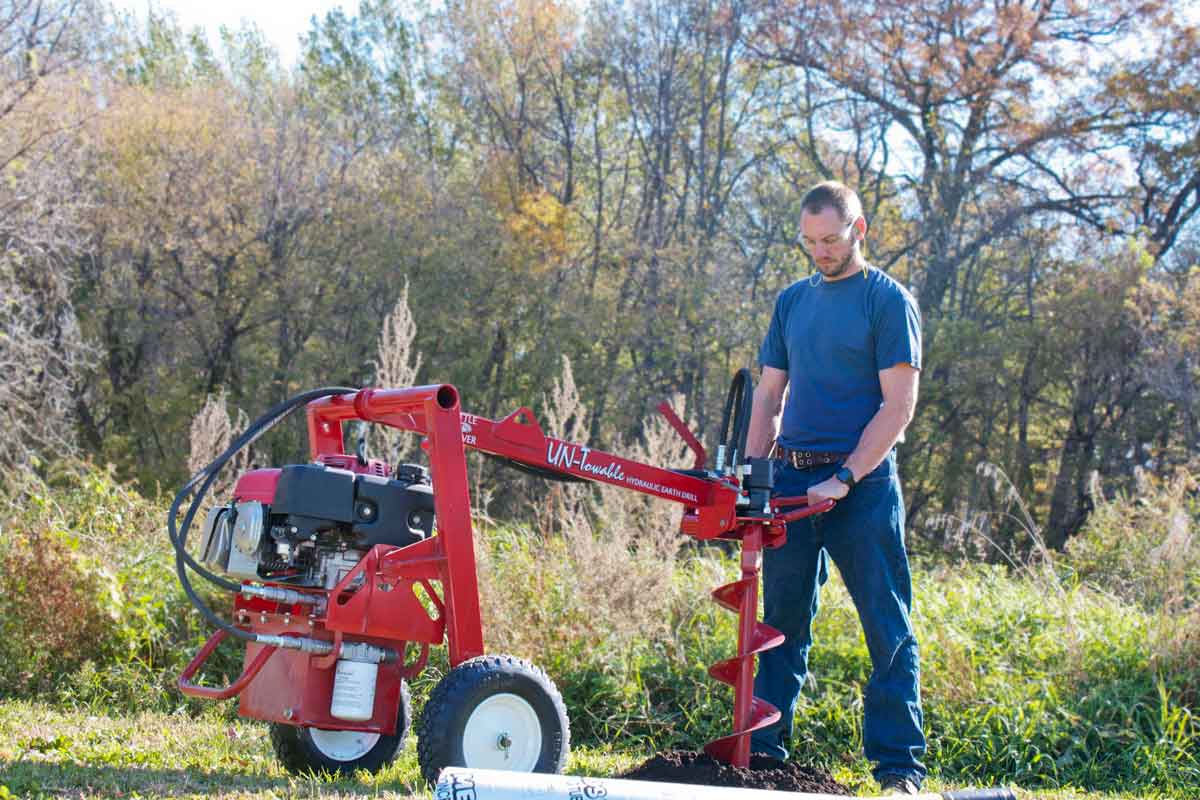Consider Switching to Modified Short-Circuit MIG Welding to Significantly Improve Productivity
Switch to Modified Short-Circuit MIG to Significantly Improve Productivity
As organizations look for ways to improve profitability and maintain a competitive edge, there are solutions and technologies available that can help drive productivity and quality in field and shop welding applications. Welding plays a significant role in the timely completion of deadline-driven construction projects — both pre-fabrication in the shop and installation on the jobsite. Making the switch from traditional welding processes to a modified short-circuit MIG process provides improved puddle control and significant productivity gains in many shop and field applications, while maintaining and sometimes improving weld quality.
Much of the return on investment in wire processes comes from increased productivity. Because most of the costs associated with welding in the field are related to labor — approximately 80 percent — giving welding operators advanced technology and equipment helps improve their productivity, saving significant time and money in the long run. This can help welding operations stay competitive and maintain the highest levels of quality and productivity while meeting the numerous challenges they may face, which range from a growing welding operator shortage to changing materials and shortening project timelines.
How Does It Work?
A modified short-circuit MIG process offers numerous benefits that can help improve productivity, efficiency and quality. In a modified short-circuit MIG process, such as Regulated Metal Deposition (RMD) from Miller Electric Mfg. Co., the welding system anticipates and controls the short circuit, then reduces the welding current to create a consistent metal transfer. This precisely controlled metal transfer provides uniform droplet deposition, making it easier for the welding operator to control the weld puddle. These processes are also more forgiving to variations in fit-up or changes in the wire stick-out.
A key differentiator of a modified short-circuit MIG process is the greater control of the current during the transfer process, which results in a smoother transfer and a calm weld puddle that’s easier for the operator to read. This can help a less-experienced welding operator complete quality welds more efficiently. Think about dropping a pebble into a lake versus dropping a brick into a lake. The ripples from the pebble may be almost unnoticeable, while the brick produces a big splash that is harder to control. The finer, more consistent droplets produced in a modified short-circuit MIG process are like the pebble — where it’s easier to control the impact — while the transfer produced in a traditional short-circuit MIG process is more like the brick, creating sidewall splashing of the weld puddle.
In a traditional MIG process, this “splash” can lead to issues of cold lap in the finished weld if the welding operator does not thoroughly grind the material that splashed onto the sidewall. Cold lap is a lack of fusion that happens when the weld metal fails to completely fuse with the base metal or with the preceding weld bead in multipass applications. The more consistent molten pool of the RMD process helps prevent cold lap, resulting in better mechanical properties in the completed weld.
Improving Productivity and Quality
What do these differences mean for the end-user? With a modified short-circuit MIG process, welding operators can achieve the same code-quality welds they have been achieving with traditional welding processes, but now they can do it with greatly improved deposition rates and travel speeds for significant productivity gains. Also, the smoother droplet transfer and more stable weld puddle can result in reduced rework, helping operations decrease costs, meet quality requirements and improve productivity to meet tighter deadlines. The minimized sidewall splashing of this process also results in less grinding — saving time and money.
In addition, because the weld puddle is easier to read and manipulate, new welding operators can be trained faster to produce quality welds. Another significant benefit of the RMD process is the ability to eliminate the back purge in some applications, thanks to the consumables used and the lower heat input of the process. In applications with P91 and some stainless steels, for example, many contractors have had success using a modified short-circuit MIG process with no back purge. Typically, when these materials are TIG welded, they require an argon back purge during the root pass and for some time afterward. Eliminating the back purge saves in wasted gas and the time it takes for the purge. This can be even more important in cases of a weld failure after the purge dams are removed, requiring the operator to purge the entire system to do the repair.
 Also, with advanced waveform MIG, the thicker root deposit can eliminate the need for a hot pass by reducing the risk of burn-through on the subsequent fill passes. The lower heat input offers several benefits, including the ease of welding out of position with both the RMD for the root weld and the pulsed MIG for the fill and cap passes. The weld puddle freezes faster than in traditional MIG processes, which allows the welding operator to run a higher wire speed, therefore improving the deposition of each pass. In addition, the lower heat input typically helps improve the mechanical properties of the finished weld.
Also, with advanced waveform MIG, the thicker root deposit can eliminate the need for a hot pass by reducing the risk of burn-through on the subsequent fill passes. The lower heat input offers several benefits, including the ease of welding out of position with both the RMD for the root weld and the pulsed MIG for the fill and cap passes. The weld puddle freezes faster than in traditional MIG processes, which allows the welding operator to run a higher wire speed, therefore improving the deposition of each pass. In addition, the lower heat input typically helps improve the mechanical properties of the finished weld.
Tips and Techniques for Success
When using a modified short-circuit MIG process such as RMD, there are a few considerations that can help achieve optimal results. It’s important to maintain a minimum 1/8-in. gap while welding. This allows sufficient space for the weld metal since the wire is continuously fed from the wire feeder. Some materials, such as stainless steel, tend to expand when hot so a wider gap — like 5/16-in. — may be needed when welding these types of materials to maintain a 1/8-in. gap while welding.
Also, remember that a modified short-circuit MIG process guides the puddle rather than how a traditional MIG process leads the puddle. When leading the puddle, defects can occur from overshooting the wire. Because RMD guides the puddle, it helps eliminate that problem.
In addition, the welding operator should sit in the puddle a bit deeper when using a modified short-circuit MIG process. It’s recommended to use a 5- to 10-degree drag angle, with the wire placed about one wire diameter from the leading edge of the puddle.
It’s also recommended to use mixed gas for the RMD process, such as 75 percent argon/25 percent CO2 or 90 percent argon/10 percent CO2, depending on the fill and cap weld process used. This helps reduce spatter and improve the quality of the finished weld. In many applications, the gas being used for the cap pass may drive the choice of gas for the root pass, which simplifies the process and eliminates the need to change out the gas between passes.
Lastly, joint bevel preparation angles in a modified short-circuit MIG process are standard and very similar to what an operation would use with a traditional MIG process. This means a switch to RMD can be made with minimal changes necessary in joint preparation, resulting in additional time savings and productivity gains.
Jim Byrne is the sales and applications manager of industrial equipment for Miller Electric Mfg. Co.




Comments are closed here.